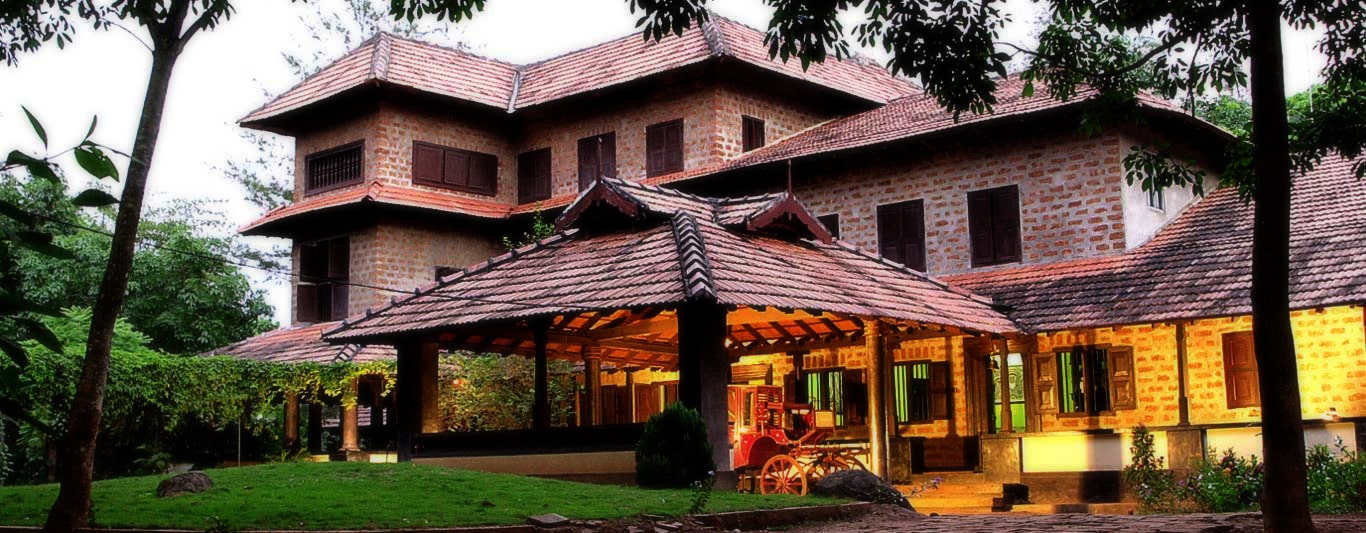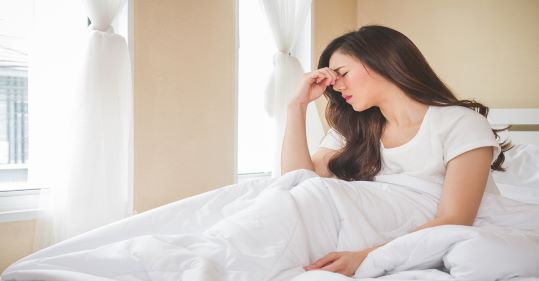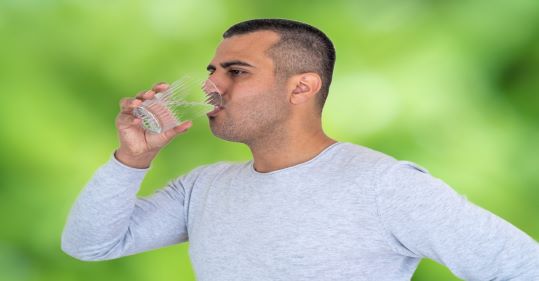What is Pitta Dosha?
The word "pitta" comes from the root "tapa," which means "to heat." The fundamental components of Pitta in the body are heat (fire/Agni) and moisture (water/jala). It is mobile because of its fluid nature.
The Ashtanga Hrdayam: Sutrasthana literature on Ayurveda lists the following as the seven characteristics of pitta:
‘pittaṃ sasneha tÄ«kṣṇoṣṇaṃ laghu visraṃ saraṃ dravam’
Pitta is hot, deep, light, odorous, free-flowing, liquid, and slightly greasy. Pitta drives transformation or metabolism. Pitta is in charge of digestion, maintaining body temperature, vision, skin color and texture, intelligence, and emotions. A pitta dosha imbalance results in detrimental physical and emotional patterns.
Pitta dosha physical symptoms include:
- Increased thirst or hunger
- Infection
- greying and/or hair loss
- imbalance of hormones
- agitation or migraines
- Hot flashes and a need for medicines with a cooling effect
- Sore throat and/or bad breath
- nauseous after skipping meals
- Insomnia
- Softness in the breasts or testicles
- unpleasant or hefty menstrual bleeding
Pitta dosha behavioral signs
- Impatience
- Frustration
- inflated ego excessive focus on goals and results
- Resentment
- Jealousy
- Judgemental
- Sensation of unease
- inclinations toward perfection
The ability to pursue intentions and goals, improved attention, problem-solving skills, and confidence are all fostered by a balanced pitta dosha.
Causes of an imbalanced pitta dosha
- Eating items that aggravate the pitta (pungent, sour, salty, very spicy, deep-fried, processed, red meat)
- Consuming stimulants such as alcohol, caffeine from coffee, black tea, the nicotine from smoking, and other
- Sun exposure that is excessive (can turn the campfire into a forest fire)
- emotional tension
- Working too much or not enough
Remedies at home for pitta dosha
1. Watch what you eat
Eat pitta-calming foods (bitter, astringent, sweet-tasting food). Butter, ghee, and milk are effective pitta pacifiers. Choose sweet fruits over sour fruits. All sweeteners can be consumed, with the exception of honey and molasses.
2. Select a middle course
Combine rest and action. Avoid overdoing it when it comes to activities or rest. Here are a few Dinacharya recommendations for enhancing health and regaining natural rhythm.
3. Relish the positives.
Eat regularly and spend time in the outdoors and with friends.
4. Reflect/ Meditate
Meditation helps to alleviate emotional tension, which in turn helps to balance Pitta. Therefore, it is advised to meditate every day.
5. Utilize pitta dosha Ayurvedic medications.
The following list of ayurvedic pitta dosha medications can help pitta balance return. Please be aware that either of these medications should only be used after consulting with a qualified Ayurvedic physician:
- The Amlapittari Veda (for hyperacidity)
- Churna, Avipattikar (digestive problems, hyperacidity)
- Yashtimadhu (for acid peptic diseases)
- Nishamalaki (anti-allergic)
Bringing your pitta dosha into balance is the same remedy for jealousy or frustration as it is for ailments like persistent weariness, acid reflux, and heartburn.
6. Practice Some Yoga asanas & Pranayama
The following yoga postures help in pacifying a pitta imbalance:
- Cat stretch (Marjariasana)
- Child’s posture (Shishu asana)
- Moon salutation (Chandra namaskara)
- Chair posture (Utkatasana)
- Cobra posture (Bhujangasana)
- Superman posture (Vipareeta Shalabhasana)
- Seated forward bend (Pashchimottasana)
- Half boat posture (Ardha naukasana)
- Half shoulder stand (Ardha sarvangasana)
- Bridge posture (Setubandhasana)
- Corpse posture (Shavasana)
FAQ's to balance Pitta Dosha
What is the quickest treatment for pitta?
The quickest treatments for pitta are: Stay out of the sun. Choose cool. Avoid eating stuff that pitta opposes or disturbs. Choose healthy, light food over a hefty fare. Avoid using preservatives. Avoid consuming too many chemicals. Avoid stress, either physical or mental.
How can one quiet Pitta?
The following are 6 natural approaches to balancing pitta dosha: Eat pitta-calming foods (foods with a bitter, astringent, or sweet flavor). Avoid eating stuff that pitta opposes or disturbs. Select the medium option, which involves moderate exertion and rest. Spend some time outside. Practice yoga asanas and breathing techniques such as the cat stretch, child's pose, moon salutation, and chair pose. Meditate. Save this page to remember free meditations. After seeing a physician, use Amlapittari Vati, Avipattikar churna, Yashtimadhu, and Nishamalaki, four Ayurvedic medications for pitta.
When pitta is out of balance, what happens?
The following things happen when pitta is out of balance: Heartburn Pitta's effects on the skin include dermatitis, sunburns, and acne. reflux disease and peptic ulcers diarrhea, jaundice, kidney illnesses sightedness and impaired vision Depression and OCD









